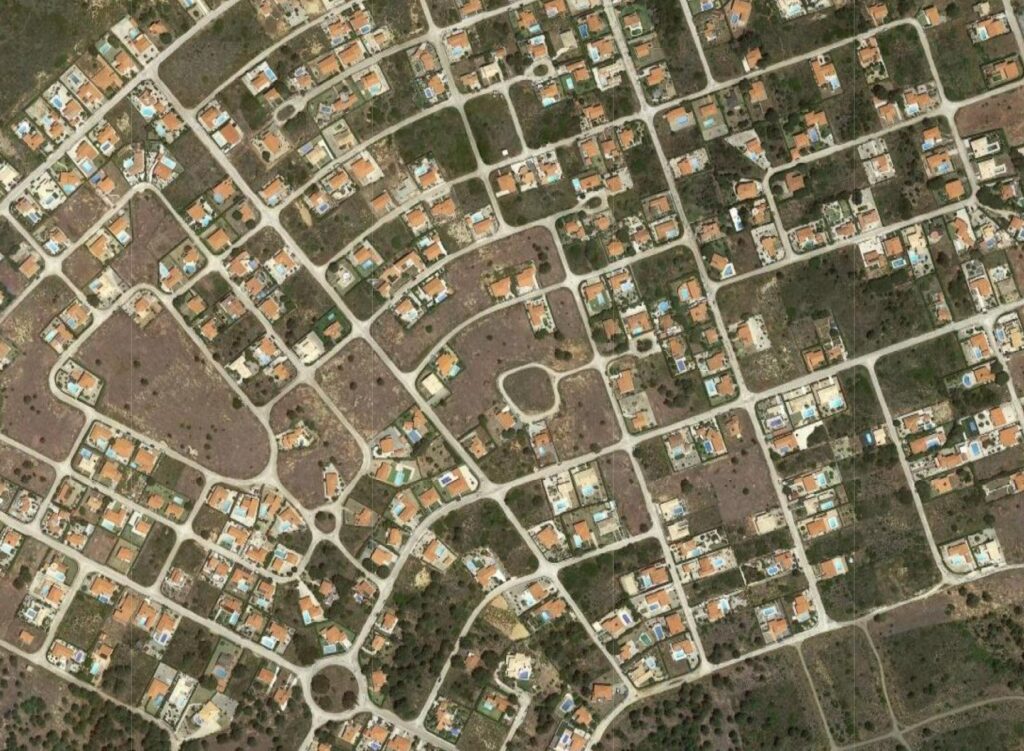The new proposal for the Detailed Plan (PP) of Vale da Telha, now delivered to the Aljezur City Council, aims to «answer the objections of the Central Administration entities that accompany the detailed plan elaboration procedure, and translates, in particular, a reduction in building densities compared to the previous proposal submitted for consideration in 2020».
In a note sent to the newsrooms, the municipality clarifies that the elaboration of this PP, which had already been considered a "complex, very tough" process, completed the agenda for the extraordinary meeting of the Municipal Assembly of Aljezur held on the 11th of November.
The meeting was attended by representatives of the team external to the municipality responsible for the technical elaboration of the detailed plan, which was responsible for providing an overview of the work and making it known to the Municipal Assembly, as well as to all those who filled the sessions of the municipality to attend the meeting, the evolution of the subject and the general features of the new plan proposal that will be presented shortly to the entities that have commented on the previous proposal.
On the occasion, some of the aspects that make the elaboration of this new instrument of territorial management for Vale da Telha an «extremely complex» task were highlighted.
In addition to the intervention area of more than 500 hectares, the location in the Natural Park of Southwest Alentejo and Costa Vicentina, although in an area not subject to a protection regime, and the fact that the legalization of an allotment operation is at stake meanwhile declared invalid, in 2011, by court decision, were aspects pointed out.
In his speech, José Gonçalves, the mayor of Aljezur, reaffirmed the municipality's commitment to try to get the detailed plan approved, stressing, however, the national and not exclusively local dimension of the problem.
For José Gonçalves, the future of Vale da Telha, one of the main environmental and urban problems in the country, «requires the active commitment of the different entities of the Central Administration in monitoring the process, but also the guarantee of government support for the financing of the infrastructures that are necessary to carry out for the requalification of the area, which are estimated at more than 30 million euros».
In a note, the municipality recalls that the urbanization of Vale da Telha dates back to the 70s of the last century: a mega subdivision operation that constituted more than two thousand and four hundred lots for building, half of which are presented today with buildings built, awaiting the other owners for the approval of the PP of Vale da Telha to be able to exercise their rights to the building, «under penalty of compensation to be borne by the public authorities as a result of the multiple legal actions filed».
According to the Planning Plan for the Sudoeste Alentejano e Costa Vicentina Natural Park, the Vale da Telha area «constitutes a Specific Intervention Area, not subject to protection, but subject to occupation densities compatible with the objectives of environmental and urban planning suited to their specificities'.



















Comments